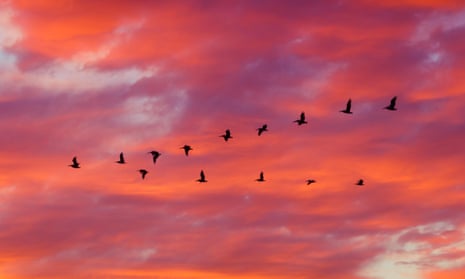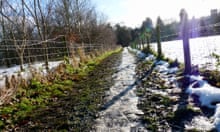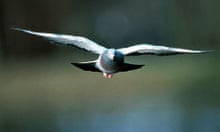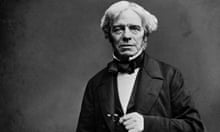By now most of us will have completed our annual migration. Unlike the birds, our ability to get there usually relies on a variety of navigational aids, often on our mobile phones.
In both birds and phones, tiny accelerometers measure small movements and rotations to keep them orientated. They both use magnetometers to sense the earth’s magnetic field, but the birds have an additional trick – polarised light.
Although the light waves coming from the sun vibrate in all directions, the way they are scattered by the atmosphere polarises them by lining up all the waves in one axis. Human eyes and mobile cameras can’t see the difference, but birds can. At sunrise and sunset in spring and autumn the polarisation is strongest in a band which runs more or less north south allowing birds to recalibrate their compasses.
Birds also appear to use their sense of smell to follow landmarks, a trick which mobile designers can only dream of. GPS does give us an edge as the birds can detect constellations, but not satellites. Perhaps the ultimate avian advantage is that they don’t have to queue at security before they fly.
Dr Daniel Glaser is director of Science Gallery at King’s College London









Comments (…)
Sign in or create your Guardian account to join the discussion